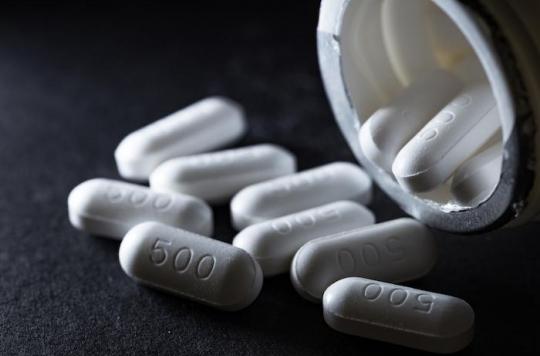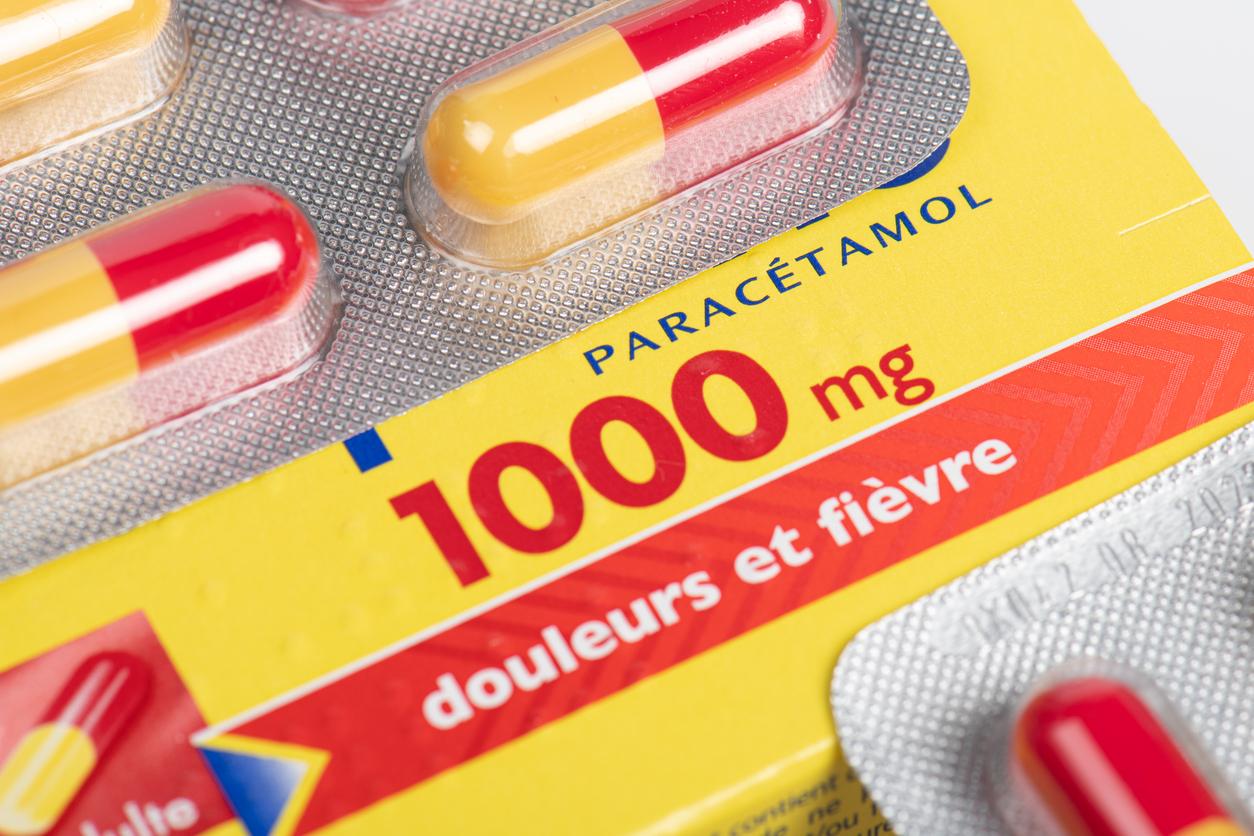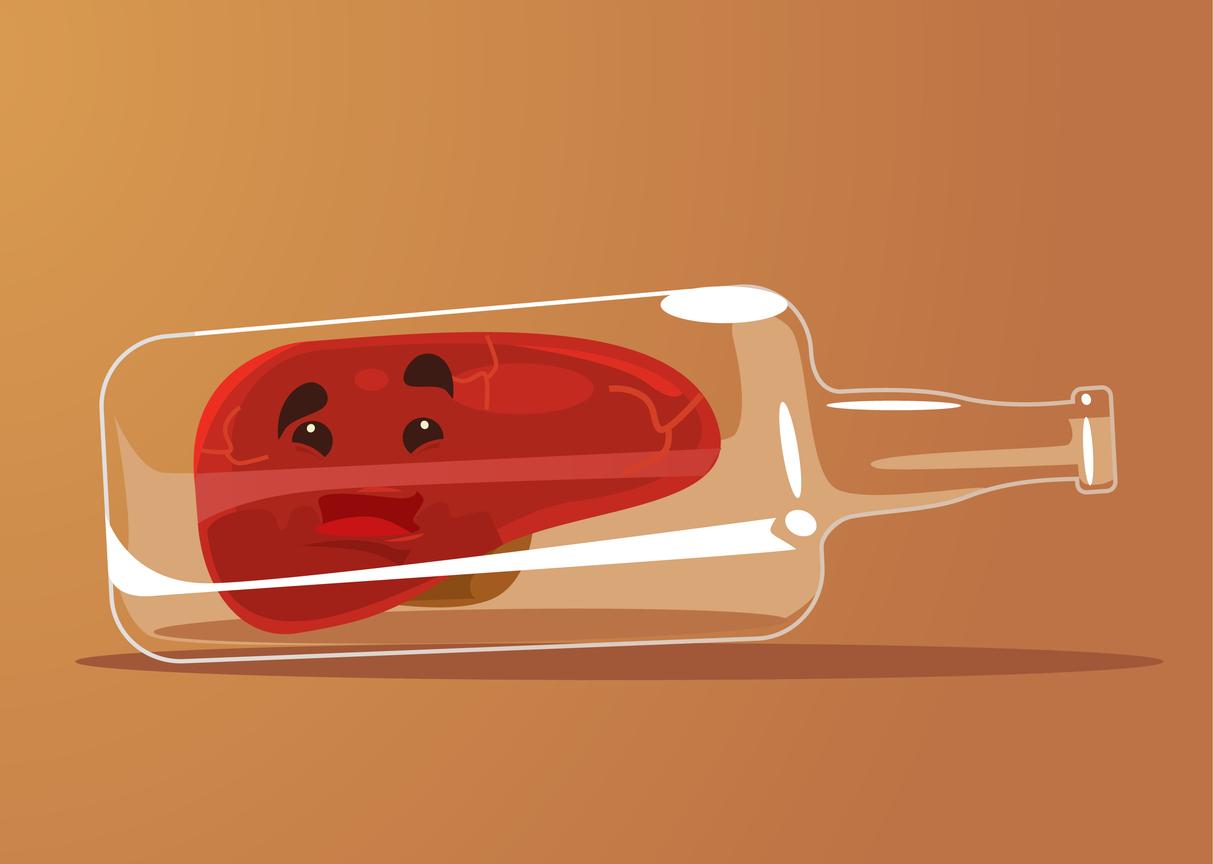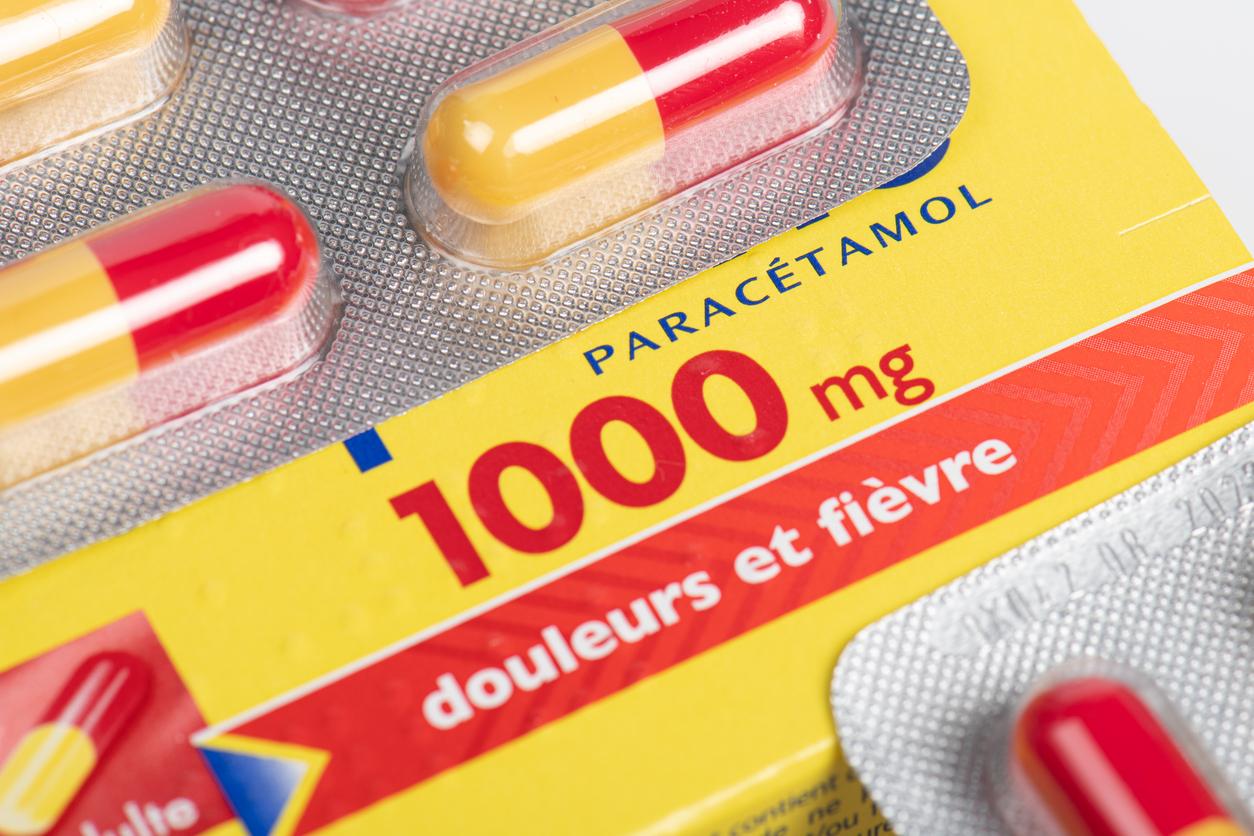The death of Naomi Musenga, following paracetamol intoxication last December, is a reminder of how dangerous an overdose of this analgesic can be. When and how can we absorb it? What to do in case of excessive intake?

The medical conclusions of the death of Naomi Musenga, the 22-year-old girl mocked by an operator of the SAMU when she called for help last December and died a few hours later, recalls that the overdose of paracetamol is dangerous for health.
According to the Strasbourg public prosecutor, Naomi would indeed have died “from paracetamol poisoning absorbed by self-medication over several days”. She specifies in a press release that “the progressive destruction of his liver cells has been extended to all of his organs leading quickly to his death”. Specifically, Naomi died of acute toxic hepatitis, the destruction of all the cells in her liver. Because this organ – the largest in our body – is a real chemical factory which guarantees the proper functioning of all the other organs. Hence the verdict of death when it no longer works.
Painkillers, a fluctuating market
Sold without a prescription in pharmacies under the brands Doliprane, Dafalgan or even Efferalgan, paracetamol calms pain and fevers. A recent study conducted by the National Medicines Safety Agency (ANSM) shows that paracetamol is the most prescribed and consumed analgesic in France. Sanofi and UPSA share the market. Nearly 14 boxes are sold per second or 422 million boxes per year in France. Since January 1, 2018, more than 230,980,000 boxes have been sold.
According to the site Planetoscope, “the market for paracetamol-based painkillers doubled between 2002 and 2012 and represents 1.2 billion euros”. ButSelf-medication carries risks, especially because high doses of paracetamol are harmful to the liver.
The importance of respecting daily doses
A study published last November in the British Journal of Clinical Pharmacology and carried out on 663 patients hospitalized for severe liver damage caused by taking paracetamol, showed that many people exceeded the recommended daily dosage.
However, respecting the maximum daily dose is essential – 4g per day for an adult (maximum 4 x 1 g or 8 x 500 mg per 24 hours) and 10 to 15 mg per kilogram of body weight in children and this, at most 4 times a day. In addition, treatment with paracetamol should be as short as possible and should be strictly adapted to the duration of the symptoms. If the pain or fever lasts more than 3 days, it is best to see a doctor.
It is also not recommended to take paracetamol without first discussing it with a doctor. if you are being treated for epilepsy, tuberculosis, AIDS or if you consume a lot of alcohol (more than four drinks per day for a man, more than 3 for a woman).
What to do in case of paracetamol overdose?
As the site specifies poison control center, “The first symptoms of paracetamol overdose are nausea, vomiting, loss of appetite and abdominal pain. However, these symptoms are vague and nonspecific. If overdose is suspected, it is important not to not wait for symptoms to appear “. Signs of liver damage do not occur until several hours or days after ingestion. “The sooner an overdose can be detected, the greater the chances of recovery.” In summary, see a doctor quickly or call the poison control center.
.
















